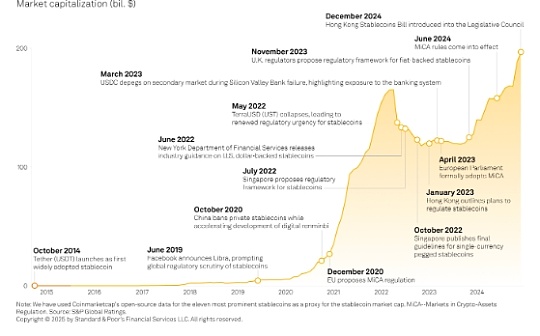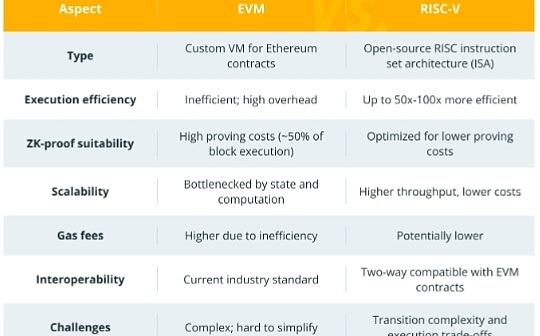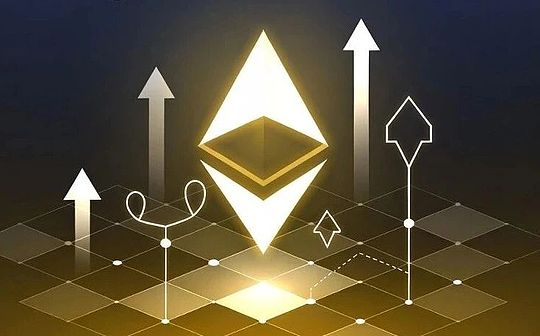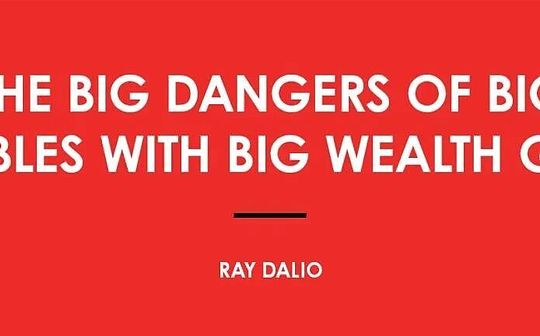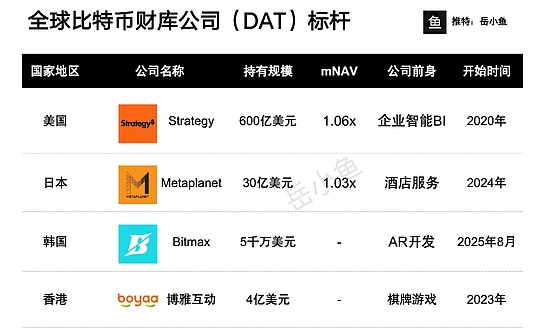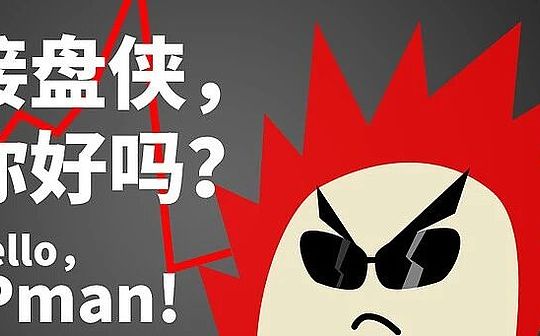
Author: Jagjit Singh, CoinTelegraph; Compiled by: Deng Tong, Bitchain Vision
1. What is censorship resistance?
The ability of a system (usually a communication or information distribution network) to resist censorship, change, or block the flow of information is called censorship resistance.
In the field of digital technology, it often refers to decentralized systems that operate without central authority or control, such as crypto communication tools, social networking platforms or cryptocurrency systems.These systems ensure the free flow of information even in the face of censorship attempts by decentralizing controls among numerous participants and encrypting conversations.
Resistance to censorship is essential to safeguarding the right to freedom of expression, providing access to information in authoritarian governments, and encouraging creativity by preventing arbitrary restrictions on expression and communication.
2. How censorship affects traditional systems
In traditional systems, censorship hinders freedom of speech, maintains power gaps and distorts historical processes, thus weakening the foundations of established institutions.
First, it limits the right to freedom of speech, which is crucial to many traditional communities.When voices are suppressed, thoughts stagnate, hindering intellectual and cultural progress.In traditional systems where oral traditions and storytelling are crucial, censorship can undermine the transfer of knowledge and values from one generation to the next, thus undermining community cohesion.
Furthermore, censorship often perpetuates the relationship of power in established hierarchies.By stating which information is acceptable, the power strengthens control over the narrative, resulting in silence of dissidents’ voices, suppression of critical thought, and sustaining long-standing differences.
In addition, censorship has the ability to distort historical records and reshape perceptions of past and collective memory.Governments and other agencies can influence public opinion by limiting access to information, hiding disturbing facts and promoting versions of misrepresented events.
For example, a censorship emerged during the 2008 financial crisis, when warnings from risk experts about the dangers related to subprime mortgage-backed securities were downplayed or ignored within financial institutions.The lack of transparency in real risks has led to a bubble in the real estate market and its subsequent collapse to a certain extent.
3. Blockchain’s anti-censorship function
The multiple anti-censorship functions provided by blockchain technology are crucial to maintaining freedom of speech and information transmission.
It is important to remember that despite the strong anti-censorship capabilities of blockchains, they also have limitations.Governments or other influential organizations may attempt to impose restrictions on network access and even establish more strictly controlled, licensed blockchains.However, the basic structure of blockchain makes it an effective tool to encourage free expression and transparent information sharing.
Blockchain’s anti-censorship functions include:
Decentralization
Blockchain relies on distributed computers or node networks, rather than traditional systems with central authority.This means that no party has full control over the network, which makes it difficult to delete or filter content.
Improper ledger
Data entered on the blockchain cannot be deleted or changed later.Each link in the chain has an encrypted hash of the previous link, which prevents manipulation and ensures data integrity.Due to this immutability, it is difficult for information examiners to exert influence on it.
transparency
All network users have access to all data and transactions on the public blockchain.Due to this transparency, review is discouraged because it makes data manipulation obvious.
encryption
Blockchains often use powerful encryption technology to protect communications and transactions.Thanks to this encryption, data privacy and integrity can be ensured, making it more difficult for review agencies to intercept or change data without permission.
4. The role of consensus mechanism in resisting review
The consensus mechanism is crucial to anti-censorship in decentralized systems such as blockchain networks.
These systems do not rely on central institutions and allow participants to agree on the accuracy of transactions or information.Consensus technology requires broad agreement between network nodes, making it extremely difficult to unilaterally filter or modify data.
For example, in the Proof of Work (PoW) consensus algorithm, miners compete to solve challenging cryptography challenges in order to verify transactions and add them to the blockchain.Due to the distributed verification process, censorship is not feasible from an economic or logistical perspective, because no entity can control the network.
Similarly, the distributed decision-making process is the basis of Proof of Stake (PoS) and other consensus approaches to achieve censorship resistance.Consensus technology promotes trust and security of decentralized systems by distributing power and rewarding integrity among network users to maintain decentralized and censorship-resistant ideals.
5. How Bitcoin achieves censorship resistance
Bitcoin’s decentralized consensus mechanism, anonymity and decentralized governance enables it to withstand any centralized institution’s attempts to scrutinize and keep its transactions immutable.
In the Bitcoin network, miners compete to add transactions to the blockchain and verify them by solving difficult mathematical puzzles.Since the network cannot be controlled by a single party, censorship becomes a challenging task.Any attempt to filter transactions must overwhelm the overall processing power of the network, which becomes increasingly difficult as the network becomes larger and larger.

The anonymous nature of Bitcoin further increases censorship resistance.Since the transactions are broadcast throughout the network and recorded on a public distributed ledger, everyone can participate without authorization.Due to this transparency, any centralized institution will find it difficult to selectively ban transactions based on the sender or content.
Furthermore, Bitcoin’s resistance to censorship is strengthened by its decentralized governance architecture, where decisions are made by consensus among network users.Modifications to the agreement require broad consensus among participants so that they are not affected by scrutiny efforts by any individual or organization.
6. Challenges and future of blockchain technology to resist censorship
Although blockchain technology is inherently uncensored, many obstacles still need to be overcome in the face of changing threats to maintain its effectiveness.
If mining rights are concentrated in the hands of a few powerful entities, the possible centralization of mining rights will be a major obstacle to the decentralized nature of blockchain.Nevertheless, the openness of most PoW systems means that in theory anyone can join the mining process.This creates competition among miners, thus reducing the possibility that a single entity will dominate.
In addition, the resistance to censorship also faces challenges from legal frameworks and regulatory restrictions.Governments may attempt to control or limit the use of blockchain technology, which may hinder their ability to successfully resist censorship.Complying with these restrictions could jeopardize the autonomy and decentralization of blockchain networks.
The anonymity and privacy provided by blockchains may be threatened by the development of analytics and surveillance technologies.As surveillance capabilities advance, it becomes increasingly difficult to maintain anonymity on public blockchains, putting users at risk of censorship and retaliation.
The future of censorship-resistant blockchains depends on innovations that enhance privacy.Technologies such as invisible addresses and zero-knowledge proofs provide strong anonymity and resilience to censorship attempts.However, it is crucial to fully address these barriers and ensure that blockchains have lasting resistance.

